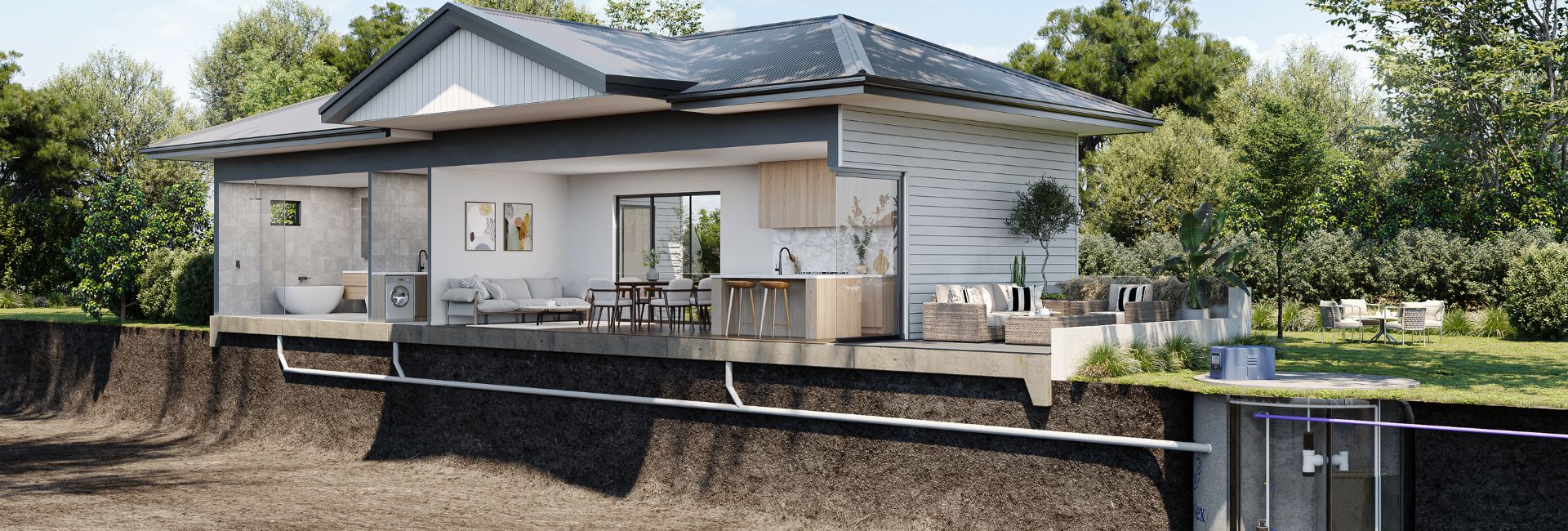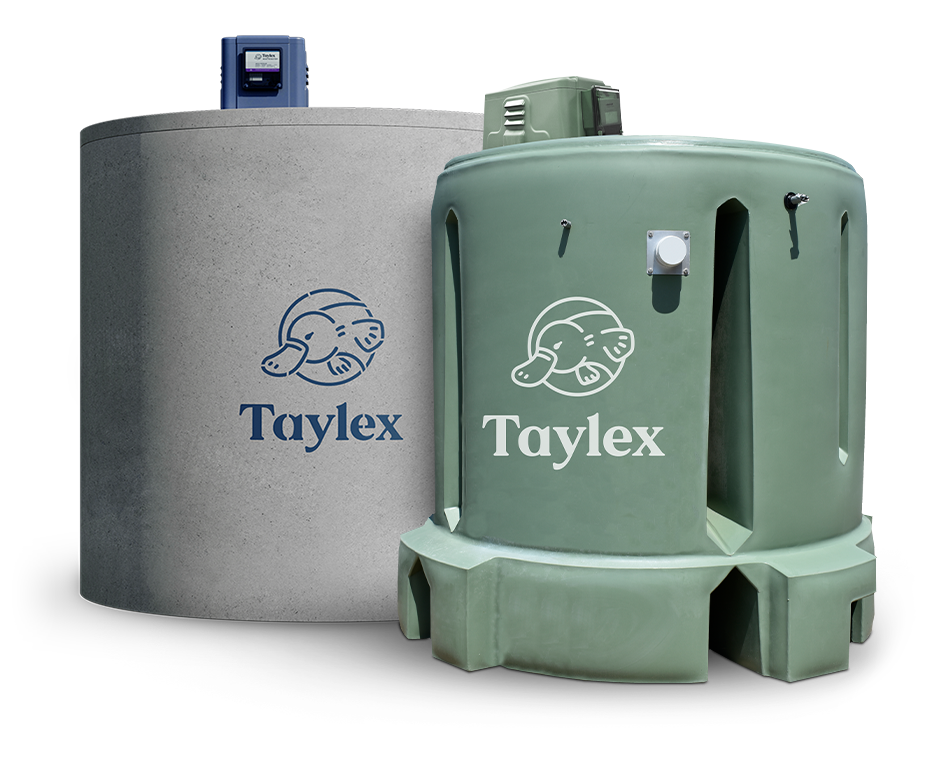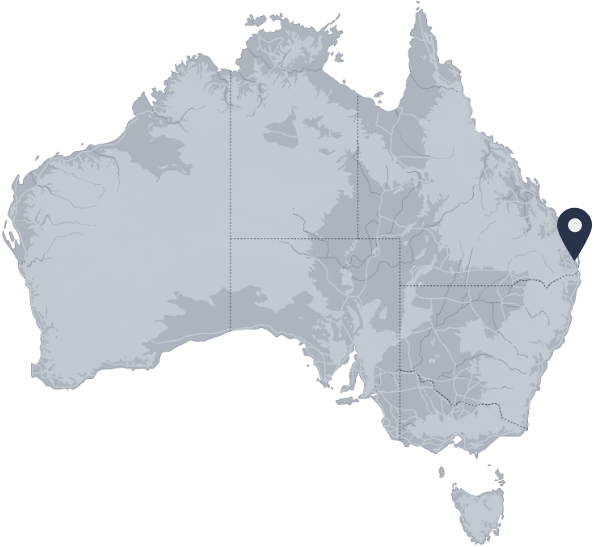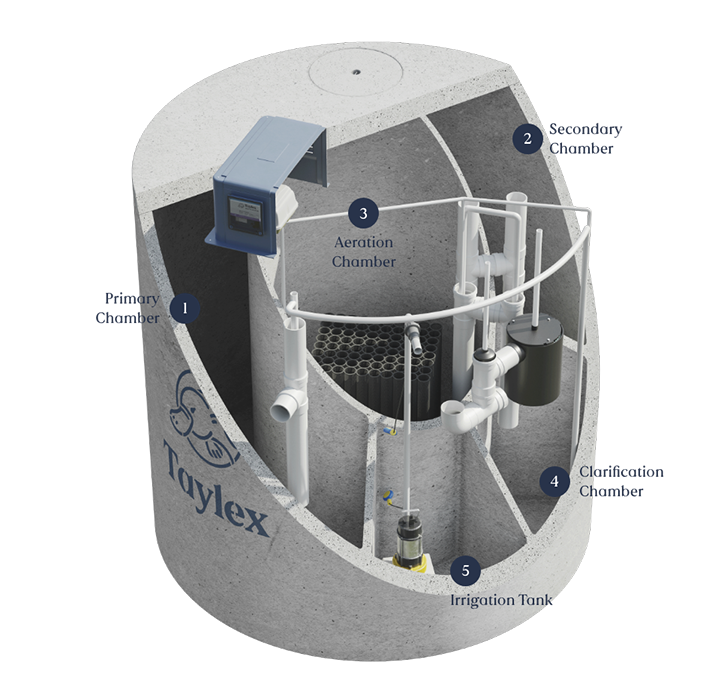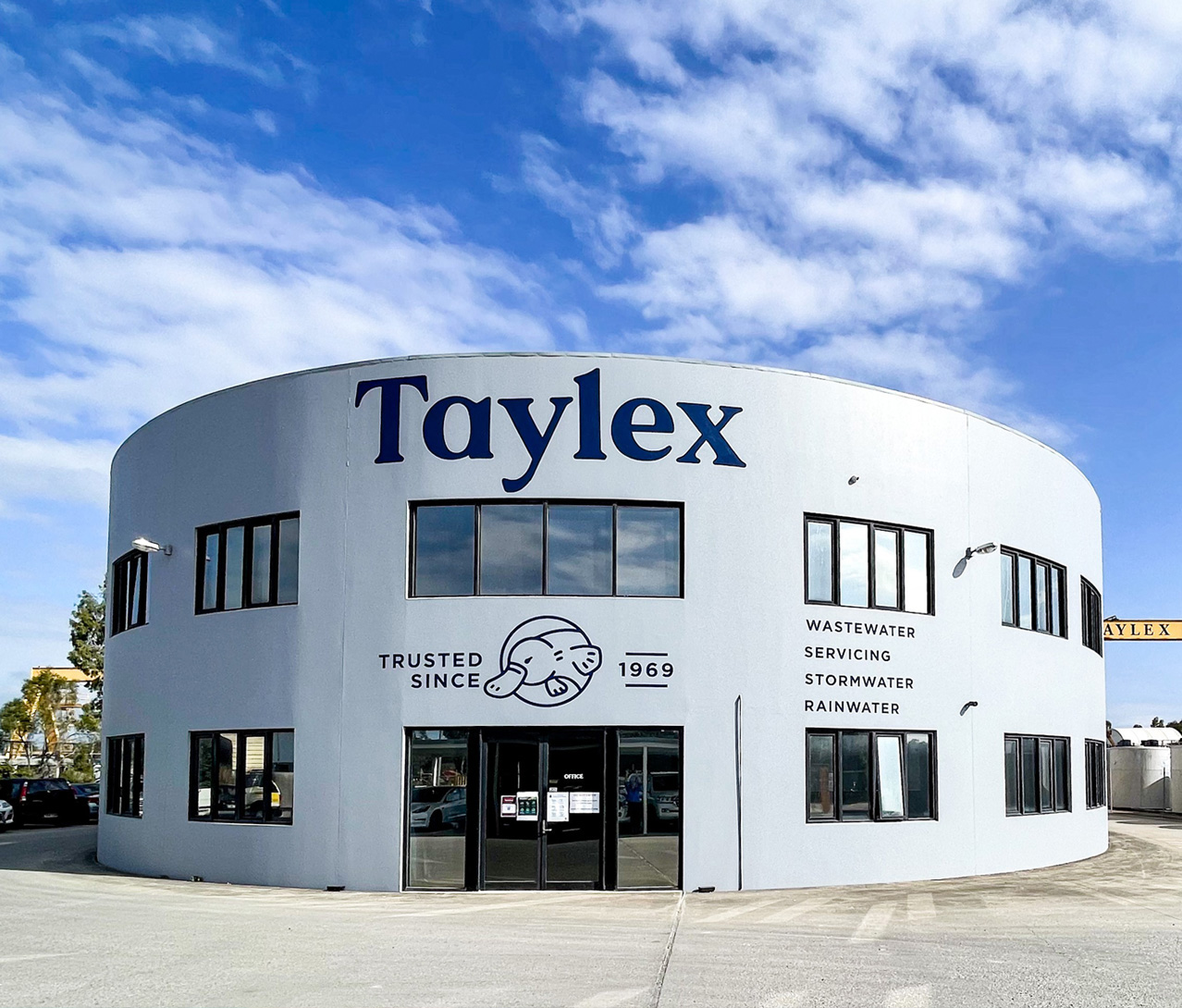Septic Tanks Melbourne FAQs
Taylex’s services are available in a wide range of locations besides Melbourne. These include major cities like Sydney, Adelaide, Brisbane, Perth, and Darwin and regional hubs such as Geelong, Toowoomba, Albury-Wodonga, and Cairns. They also cover coastal areas like the Gold Coast, Sunshine Coast, Hervey Bay, and Newcastle, alongside inland cities like Bendigo and Shepparton. Other notable areas include the wine regions of Margaret River, the cultural centres of Hobart and Canberra, and growth areas like Beaudesert, Bundaberg, Gympie, and Mt. Barker. Additionally, Taylex’s reach extends to tourist destinations and regional centres like the Gippsland, Geraldton, Central Coast, Hunter Valley, and Wollongong.
Concrete and fibreglass are the longest-lasting septic tank materials. Properly maintained concrete tanks can last 40+ years, while fibreglass tanks typically last 20-30 years.
Properly maintained septic tanks in Australia can last 20-40+ years, depending on the material. Concrete tanks tend to be the most durable.
To maintain a septic tank in Australia:
- Schedule professional inspections: Standard recommendations are every 3 to 5 years to catch issues early.
- Pump the tank regularly: Typically every 3-5 years or as your inspector advises.
- Conserve Water: Avoid overloading the system with excessive water use.
Be mindful of what you flush: Avoid non-biodegradable items, grease, chemicals, and excessive amounts of paper products.
Melbourne’s wastewater undergoes treatment at two major facilities:
- Western Treatment Plant: Located in Werribee
- Eastern Treatment Plant: Located in Bangholme
These plants remove contaminants and produce recycled water for irrigation and industrial use
For most households, annual pumping is optional. The standard recommendation is to pump every 3-5 years, which can vary depending on usage and tank size.
Signs of a full septic tank include:
- Slow-draining sinks, showers, and toilets.
- Gurgling sounds in the plumbing.
- Water pooling around the drain field.
- Sewage backups in the house.
- Foul odours near the septic tank or drain field.
Several factors can cause a septic tank to fill rapidly:
- Excessive water use: Overloading the system
- Damaged components: Baffles, pipes, or the tank itself
- Lack of maintenance: Infrequent pumping and inspections
- Improper waste disposal: Flushing non-biodegradable items
- Failing drain field: Preventing proper wastewater drainage
